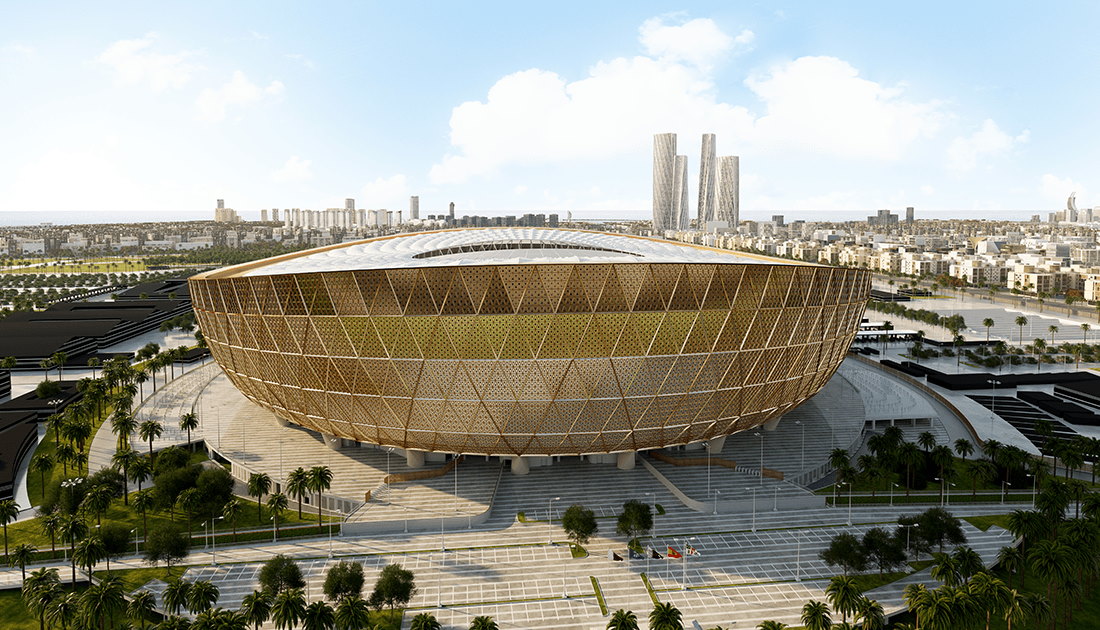The national grid supplied 82% of the electricity needed for the competition, the organisers said.
The use of temporary facilities at FIFA World Cup stadiums and precincts that were powered by Qatar’s national grid rather than diesel generators reduced carbon emissions throughout the competition by about 9,000 tonnes, the Supreme Committee for Delivery and Legacy (SC) said.
The SC, FIFA, and Qatar General Electricity & Water Corporation (Kahramaa) presented the creative solution at seven of the eight stadiums for Qatar 2022. According to the tournament’s organisers, the operation saved more than five million litres of diesel.
“By working with national stakeholders, we were able to deliver an innovative solution that honoured our sustainability commitments. By drastically reducing the need for on-site diesel generators, we improved local air quality, reduced noise, minimised carbon emissions and eliminated the need to transport and store large amounts of fuel. We were able to achieve all of these benefits while providing a highly reliable source of power throughout the tournament,” said SC director-general, Yasir Al-Jamal.
The SC, FIFA, and Kahramaa examined test events like the FIFA Club World Cup and FIFA Arab Cup prior to the World Cup and came to the conclusion that grid solutions were the most practical way to lessen the dependency on diesel generators.
Some 44 substations were built as a result, totalling 49,000 kVA of installed electrical capacity, at the tournament sites. Originally, 185 generators were thought to be required to power stadiums and other structures, but the national grid project reduced that number to 70.
82% of the electricity required for the competition was obtained directly from the national grid, according to the organisers.
“We initiated our collaboration with the SC during the early stages of infrastructure planning. After conducting a comprehensive assessment of the power requirements, we identified the optimal infrastructure upgrades necessary to increase power capacities and extend cabling to the required areas. Our recommended approach delivered notable environmental advantages while also being cost effective,” said Essa bin Hilal Al-Kuwari, president of Kahramaa.
The endeavour was a component of the SC’s dedication to advancing environmental concerns.
“The successful completion of this project is testament to the tremendous work that we did to leave a sustainable legacy for future generations,” Bodour Al-Meer, Sustainability executive director at the SC said.







